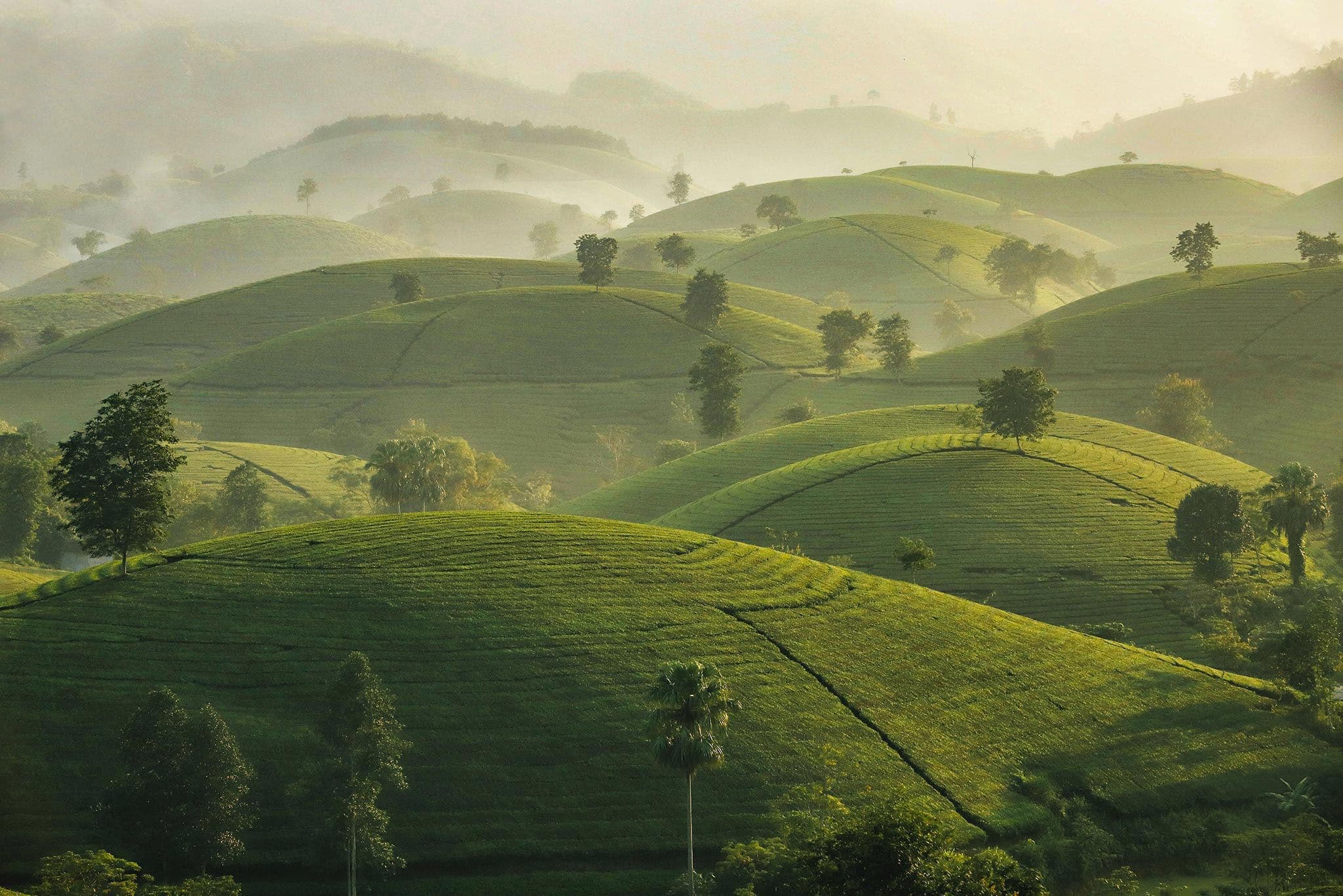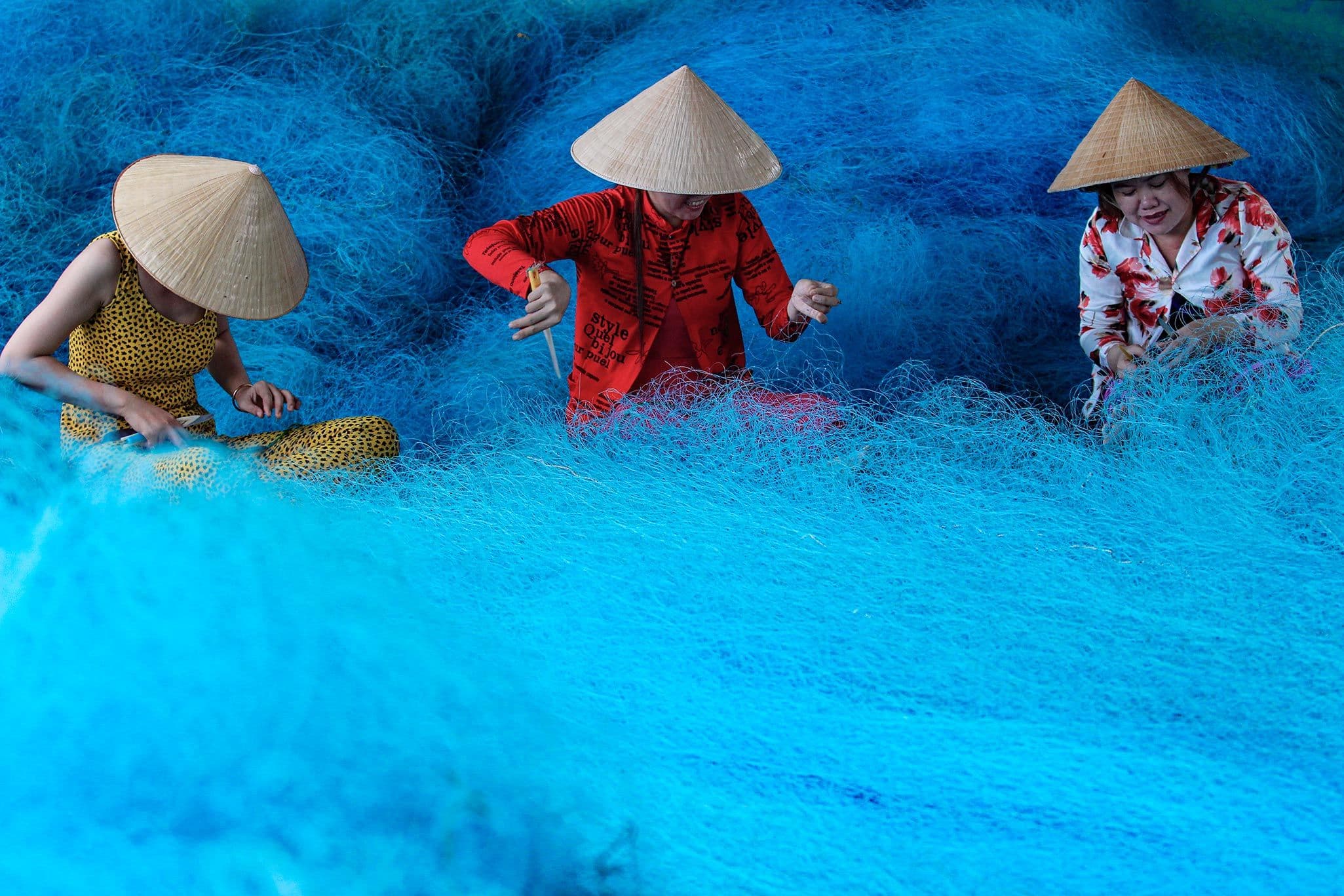
Buddhism in Vietnam is deeply ingrained in the nation's religious fabric, boasting a storied past and profound cultural importance. This piece delves into the core principles of the faith and its impact on molding Vietnam's spiritual heritage.
Vietnamese Buddhism is an important part of Vietnam's religious landscape, carrying a rich history and cultural significance. Let Ftrip Vietnam explore its past, principles, and how it has shaped the nation's religious traditions, including various ceremonies and sacred sites.
How did Vietnam Buddhism originate?
There are different accounts of its origins, with some suggesting it started in the 3rd or 2nd century BC, while others claim it was during the 1st or 2nd century AD. Regardless, Vietnam's Buddhism, influenced mainly by Mahayana and Theravada traditions, has been deeply ingrained in the country's culture and religion since around the end of the 2nd century.
Throughout Vietnam's history, Buddhism experienced periods of growth and establishment, with monastic centers established and Buddhist teachings spread across the nation, solidifying its status as a prominent religion in Vietnam.
In the 20th century, the Vietnamese Buddhist Association (VBA) was established to unite various Buddhist sects, aiming to promote unity, preserve Buddhist teachings, and contribute to social welfare.
The VBA played a significant role in bringing together different Buddhist schools, like Pure Land, Zen, and Vinaya, fostering cooperation and respect among them. Over time, the VBA has actively engaged in social and humanitarian endeavors, advocating for peace, environmental conservation, and charitable work.
Important roles of Buddhism in Vietnamese culture
Vietnamese Buddhism deeply shapes the country's culture, impacting various aspects of society. Its fundamental principles, like compassion, mindfulness, and non-violence, form the moral compass guiding relationships and societal balance.
In Vietnamese culture, Buddhism holds a significant role in rituals and customs. Temples and pagodas serve not only as places of worship but also as hubs for communal gatherings, meditation, and spiritual counseling.
Furthermore, Vietnamese Buddhism leaves its mark on the arts, literature, and architecture. Elaborate temple sculptures, intricate statues, and poetic expressions frequently draw upon Buddhist themes and symbols.
Beyond that, Buddhism influences social welfare initiatives, with monasteries and organizations actively involved in charitable endeavors, including education, healthcare, and assistance for marginalized groups.
Significant annual events of Vietnam Buddhism
Understanding the key events in the Vietnamese Buddhist calendar provides insight into the practices of Buddhism in Vietnam. It's important to note that these events are based on the lunar calendar rather than the Gregorian calendar. Here are some significant celebrations in Vietnamese Buddhism:
- Lunar New Year (Tết): Buddhists mark this major holiday by offering prayers and making offerings at temples to usher in blessings and prosperity for the coming year.
- Buddha's Birthday (Vesak): Held on the full moon day of the fourth lunar month, Vesak commemorates the birth, enlightenment, and passing of Buddha. Vietnamese Buddhists engage in traditional rituals, processions, and acts of kindness.
- Ghost Festival (Vu Lan): Observed on the 15th day of the seventh lunar month, Vu Lan is a time for honoring ancestors and paying respects to deceased relatives. Buddhists perform rituals and offer prayers for the spirits.
- Ullambana Festival: Taking place during the seventh lunar month, Ullambana focuses on honoring departed ancestors and practicing filial piety. Buddhists provide food, clothing, and other necessities to monks and those in need.
- Quan The Am Festival: This important occasion in Vietnamese Buddhism celebrates the compassionate bodhisattva Quan The Am. The festival includes vibrant processions, intricate rituals, and cultural performances that attract both locals and visitors.
Where can you learn more about Buddhism in Vietnam?
Vietnamese pagodas are important places of worship and reflection for Buddhists. The following pagodas are culturally significant and play a crucial role in preserving Vietnam's Buddhist heritage.
Tam Chuc Pagoda
Situated in Ha Nam province, Tam Chuc Pagoda is a significant religious site deeply connected to Vietnam's Buddhist traditions. Surrounded by beautiful mountains and lakes, this pagoda is famous for its stunning architecture and serene atmosphere. It's a popular destination for Buddhist followers, offering opportunities for prayer, meditation, and learning about Vietnam's Buddhist teachings.
Yen Tu Pagoda
Located in Quang Ninh province, Yen Tu Pagoda is a well-known pilgrimage site. Positioned on Yen Tu Mountain, it holds both historical and spiritual importance. The pagoda complex consists of various temples, shrines, and monasteries, drawing pilgrims who climb the mountain to pay respects to revered Buddhist figures and seek spiritual enlightenment.
Linh Ung Pagoda
Linh Ung Pagoda is a well-known spot that embodies Vietnamese Buddhism. With its stunning location overlooking the East Sea, this pagoda is home to a massive statue of Guanyin, the Goddess of Mercy.
Drawing both devotees and tourists, it provides a tranquil atmosphere to engage in Vietnam's Buddhist traditions while marveling at the detailed architecture and spiritual symbolism of the pagoda.
Thien Mu Pagoda
Thien Mu Pagoda stands as another iconic representation of Buddhism in Vietnam. Positioned on the banks of the Perfume River, it is famous for its graceful seven-tiered tower and peaceful surroundings.
This ancient pagoda holds profound religious importance and serves as a hub for the practice of Buddhism in Vietnam, attracting pilgrims and visitors seeking spiritual solace and an appreciation for its cultural legacy.
Long Son Pagoda
Long Son Pagoda is a well-known Buddhist sanctuary in Vietnam. Established in the late 19th century, it serves as a symbol of the nation's diverse religious history. Featuring a majestic white Buddha statue and intricate architectural designs, Long Son Pagoda welcomes visitors seeking spiritual peace and a glimpse into the beauty of Vietnamese Buddhism.
Ba Den Pagoda
Ba Den Pagoda is a famous destination for Vietnamese Buddhism. Perched atop Ba Den Mountain, this pagoda holds significant spiritual importance and draws pilgrims from far and wide. With its impressive architecture and tranquil surroundings, Ba Den Pagoda exemplifies the enduring traditions of Vietnamese Buddhism.
Conclusion
In conclusion, Ftrip covers some famous Buddhist attractions in Vietnam that have deep roots in Vietnamese culture, shaping its spiritual landscape and influencing various aspects of daily life. From majestic pagodas to the tranquil practices of mindfulness, Buddhism in Vietnam continues to thrive, offering a source of solace and guidance to millions across the country.
Whether visiting historic sites or engaging in contemporary rituals, the essence of Buddhism permeates the vibrant tapestry of Vietnamese society, embodying a timeless legacy of peace and enlightenment.










